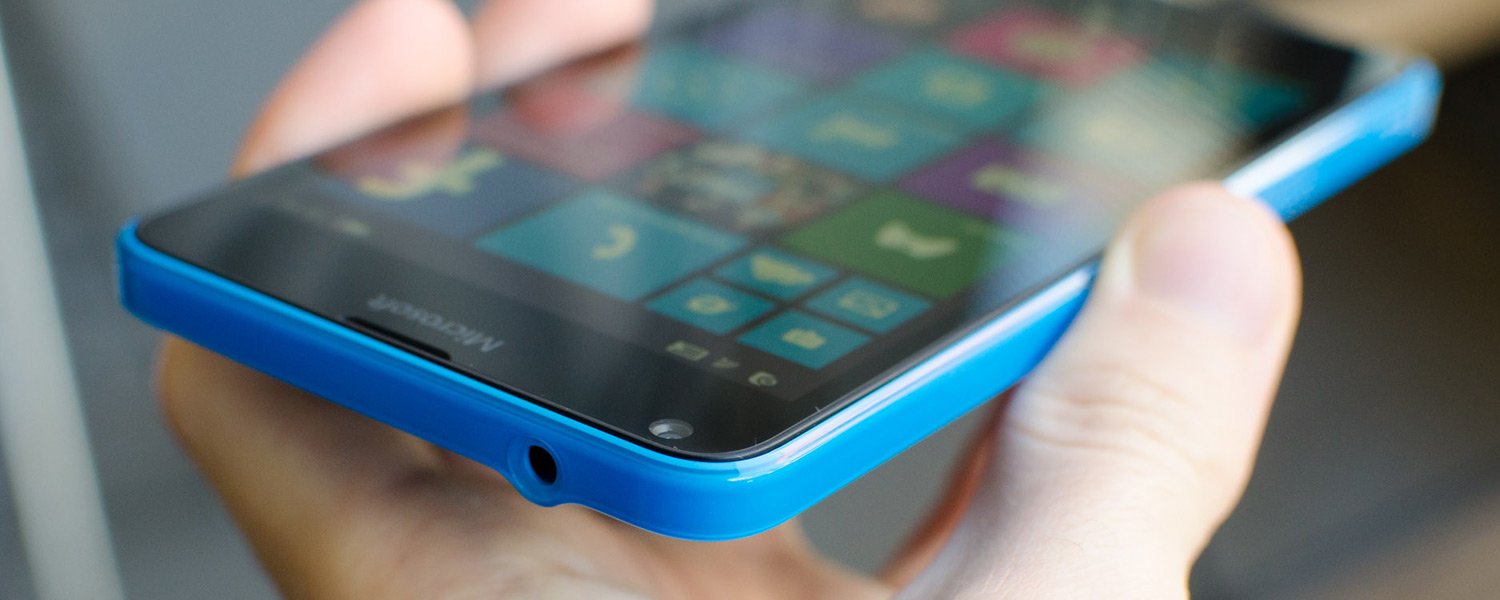Performance
The Microsoft Lumia 640 features hardware we've seen before in a wide variety of entry-level and older mid-range handsets. Oddly, rather than opting for newer Snapdragon 410 silicon, Microsoft has used Qualcomm's older Snapdragon 400 MSM8926 SoC, which comes with four ARM Cortex-A7 CPU cores clocked at up to 1.2 GHz, and an Adreno 305 GPU.
For a device released in 2015, it's disappointing to see the inclusion of an SoC that first hit the market in 2013. The Snapdragon 410 is a handy upgrade on the Snapdragon 400, providing a performance boost of around 20% in CPU-limited tasks, while also supporting 64-bit code. I suspect Microsoft has stuck with the Snapdragon 400 due to their familiarity with it, but it really is time to move on.
The Lumia 640 also comes with 1 GB of RAM, which is now standard for entry-level handsets, and 8 GB of internal NAND that can be expanded upon via the microSD card slot. 8 GB is a pretty small amount of storage to include out of the box, so it'll definitely be worth picking up a microSD card so you can actually install a decent amount of applications. Hopefully we're not too far away from having 16 GB of storage as standard in entry-level devices.
Before I get into the benchmark results for the Lumia 640, it's worth talking about the general performance of the handset in everyday usage. One thing I've noticed with Windows Phones recently is that unless you have a flagship device like the Lumia 930, the OS can feel slow and sluggish at times. The long animations between screens, and somewhat frequent occurrence of the 'sliding dots' loading indicator (or the even more annoying full page loading screen), makes the Lumia 640 feel pedestrian to use.
The slowness of the Lumia 640 is especially noticeable up against current Android devices, running Android 5.0 Lollipop, that feature similar Snapdragon 400 hardware. While both devices render their animations impressively smoothly, current versions of Android simply open apps, switch between them, and perform tasks more quickly than Windows Phone. Hopefully this is something Microsoft is working on in Windows 10 Mobile.
Moving on to benchmarking the Lumia 640 it should be noted that a lot of benchmarking applications are quite buggy on Windows Phone compared to their equivalents on Android. Basemark X, for example, simply refused to run on the Lumia 640, while several other tools crashed multiple times. I guess this is indicative of the state of applications on Windows Phone right now.
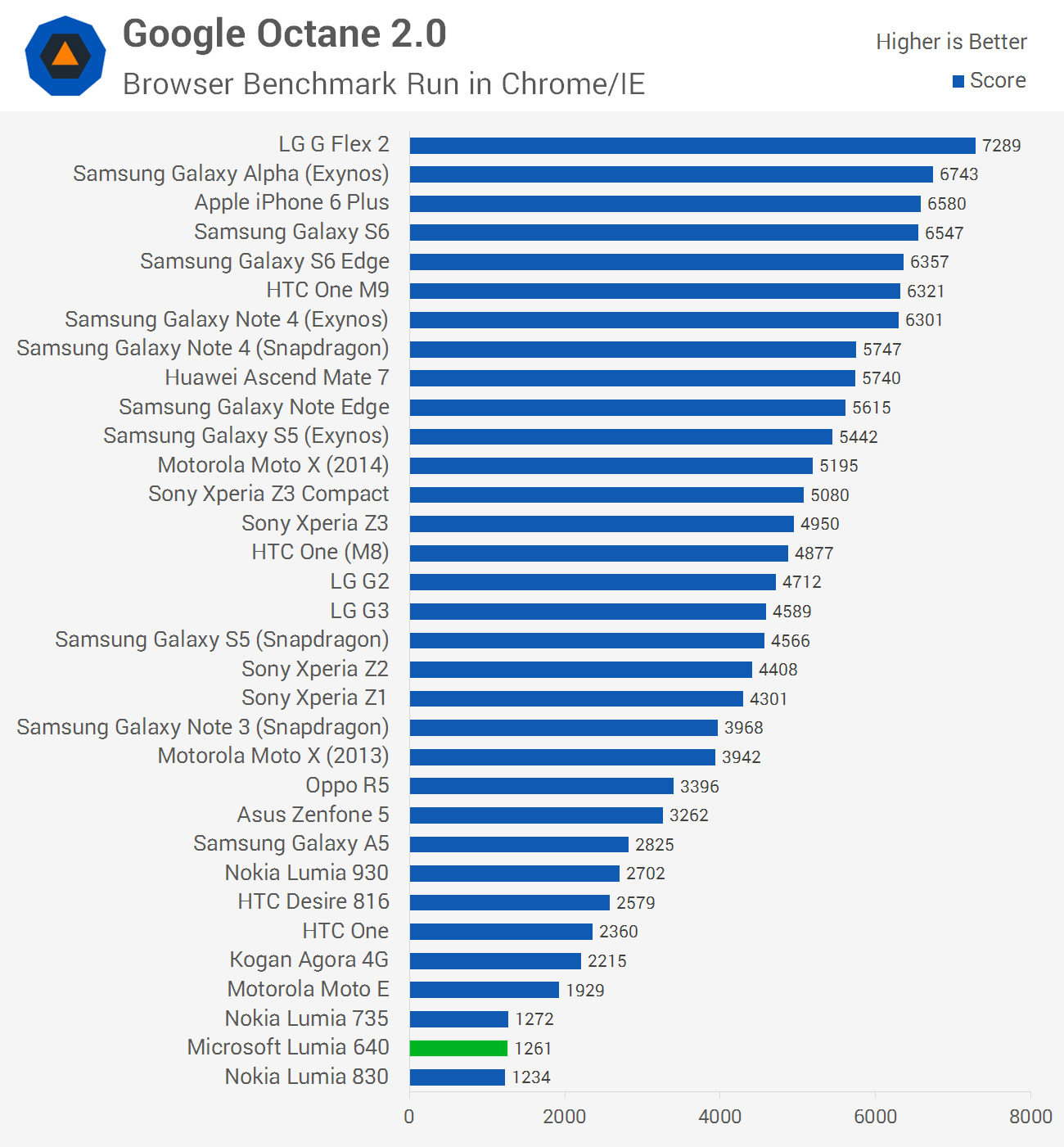
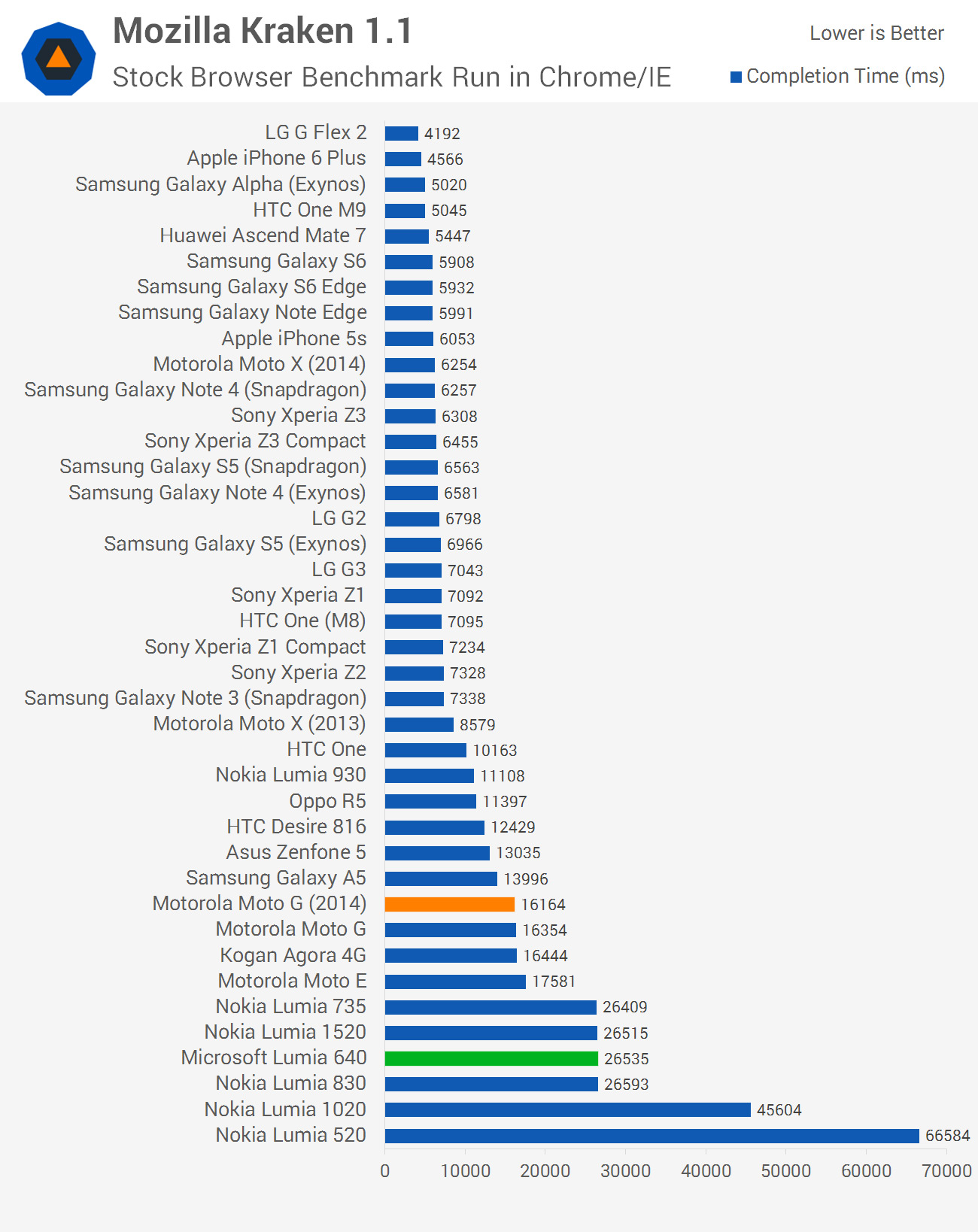
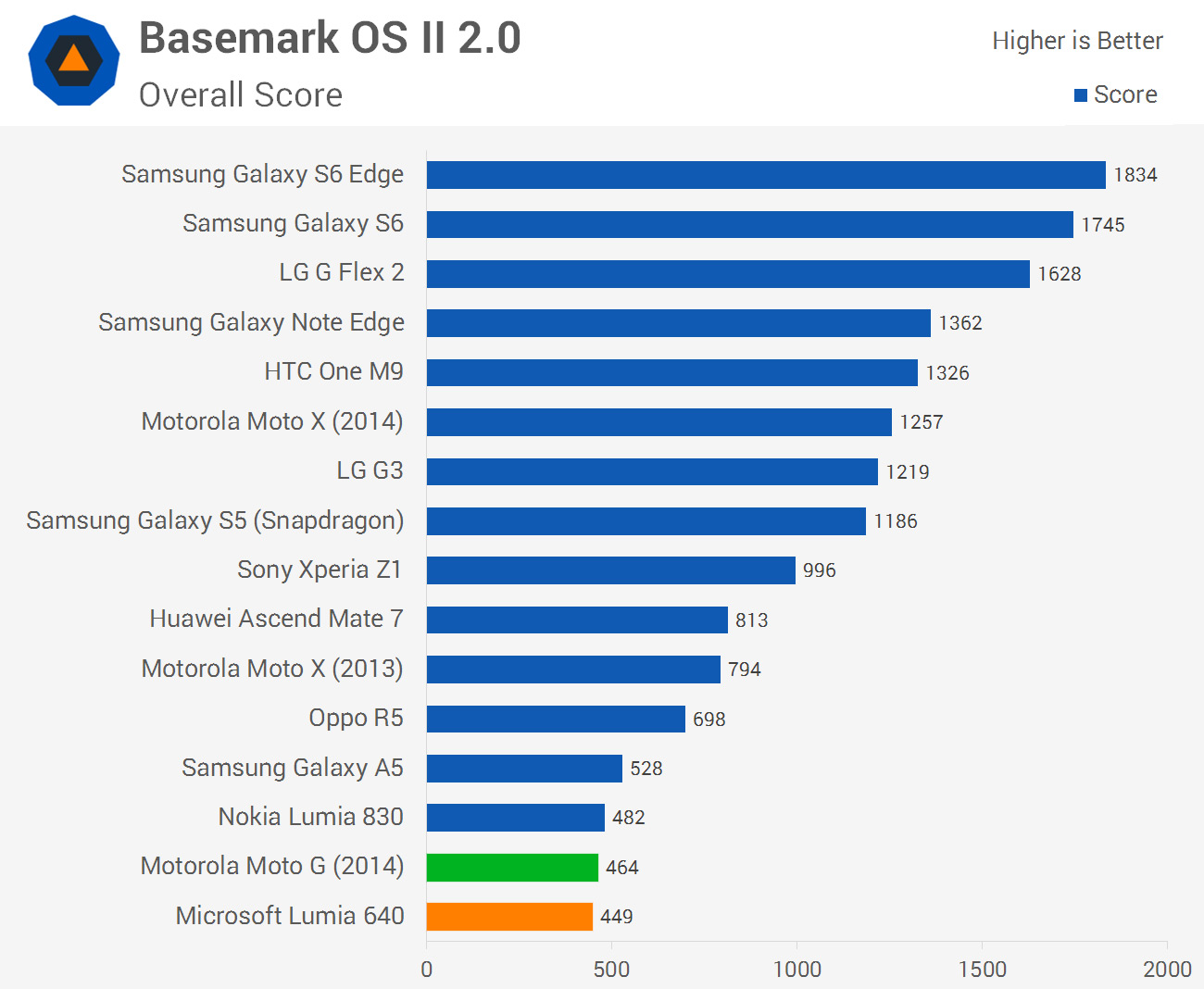
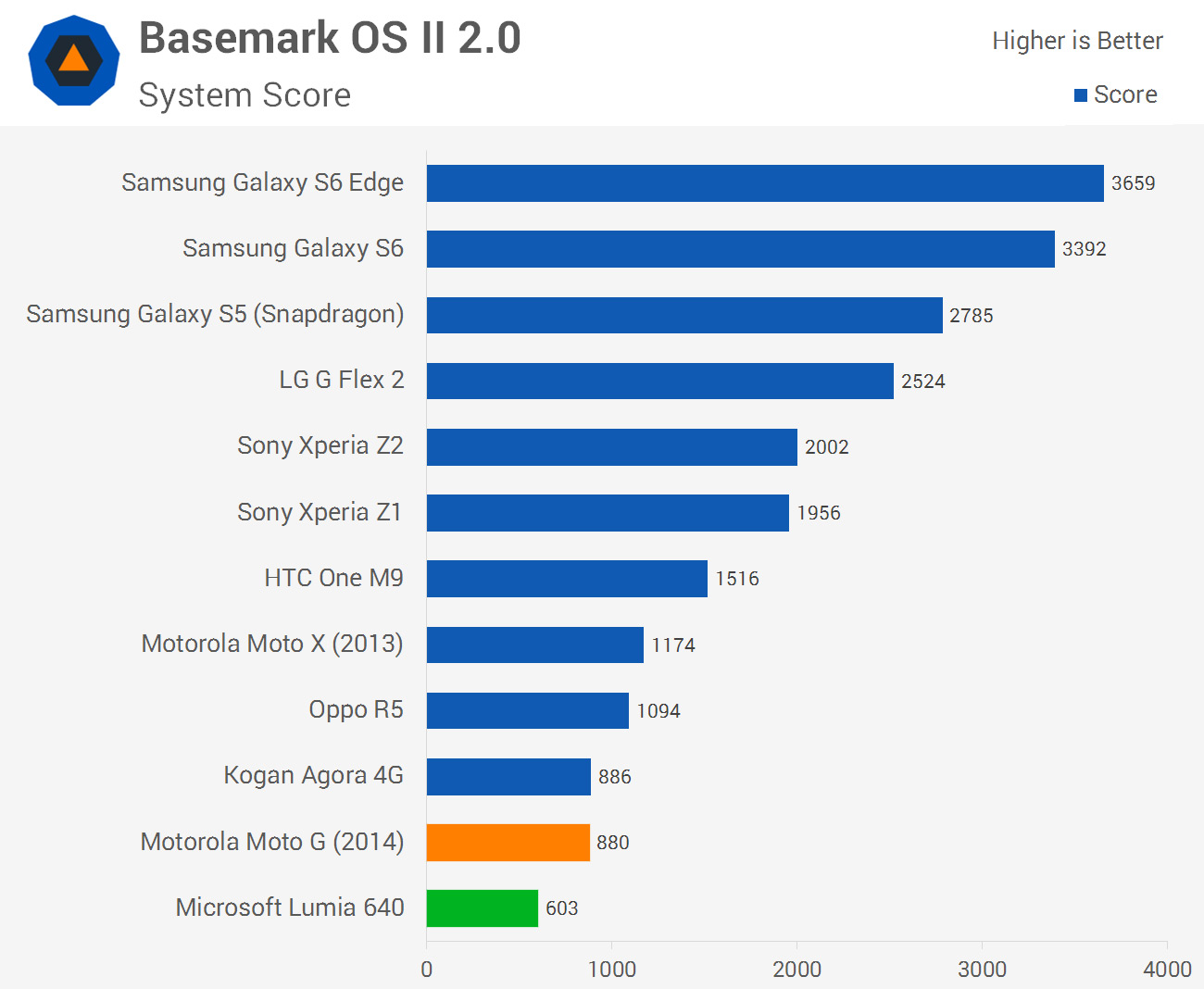
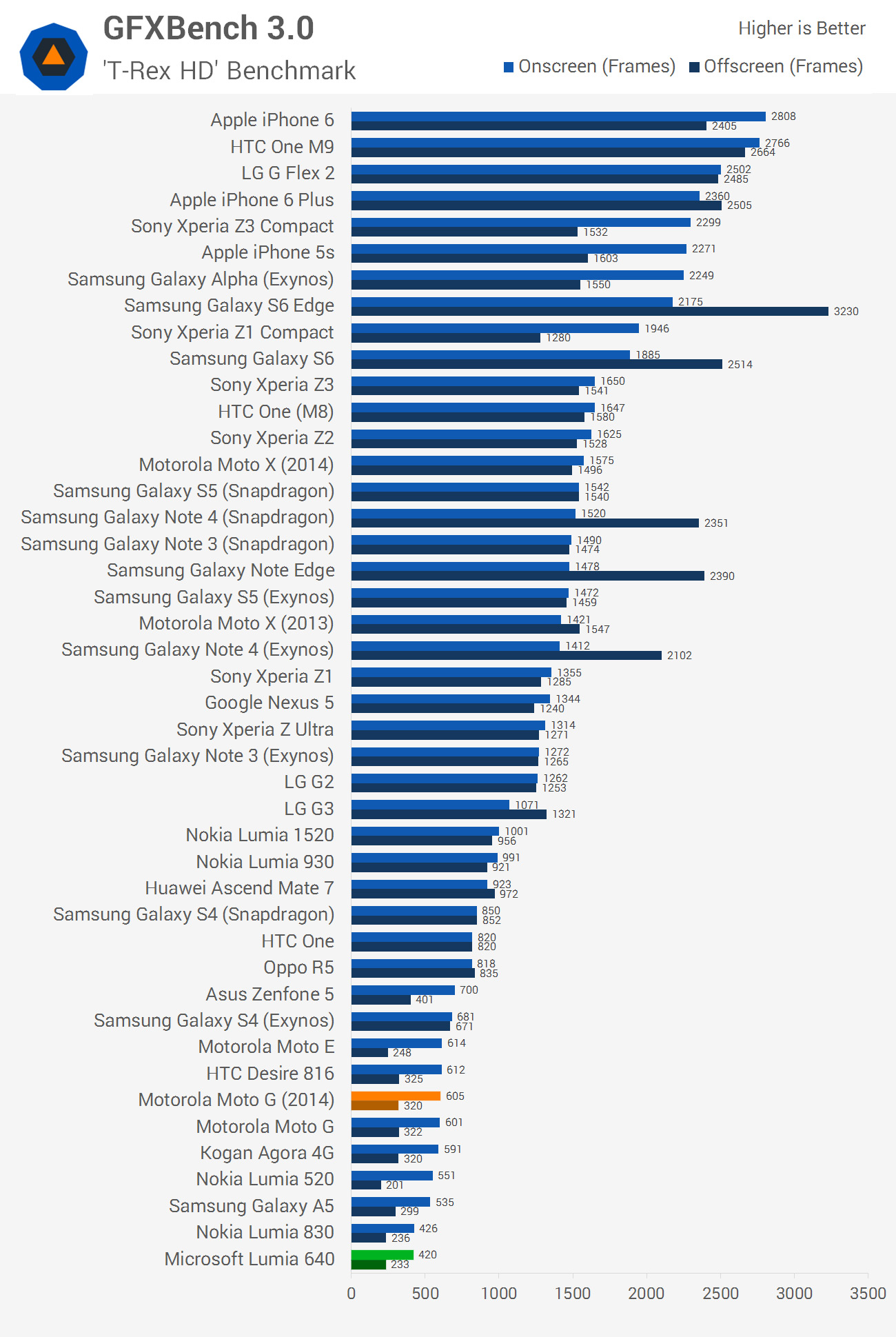
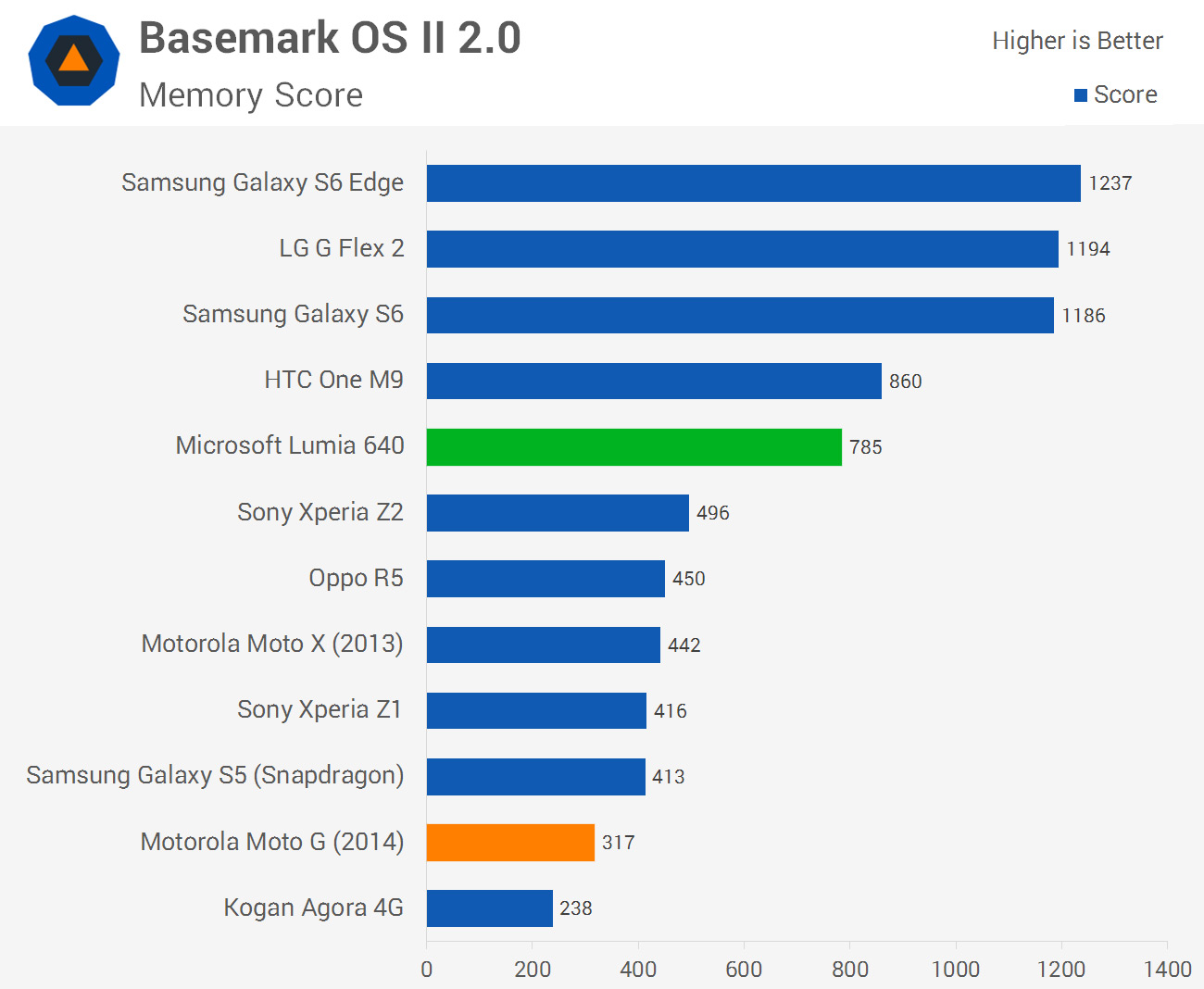
As you can see, the Lumia 640 performs about where you'd expect for a Snapdragon 400-powered entry-level device: towards the bottom of most of our charts. Web performance is disappointing for this device, though Internet Explorer has historically struggled on Windows Phone compared to Safari/Chrome on iOS/Android. Graphics performance is adequate for 720p, though hardly outstanding considering the two-year-old GPU.
